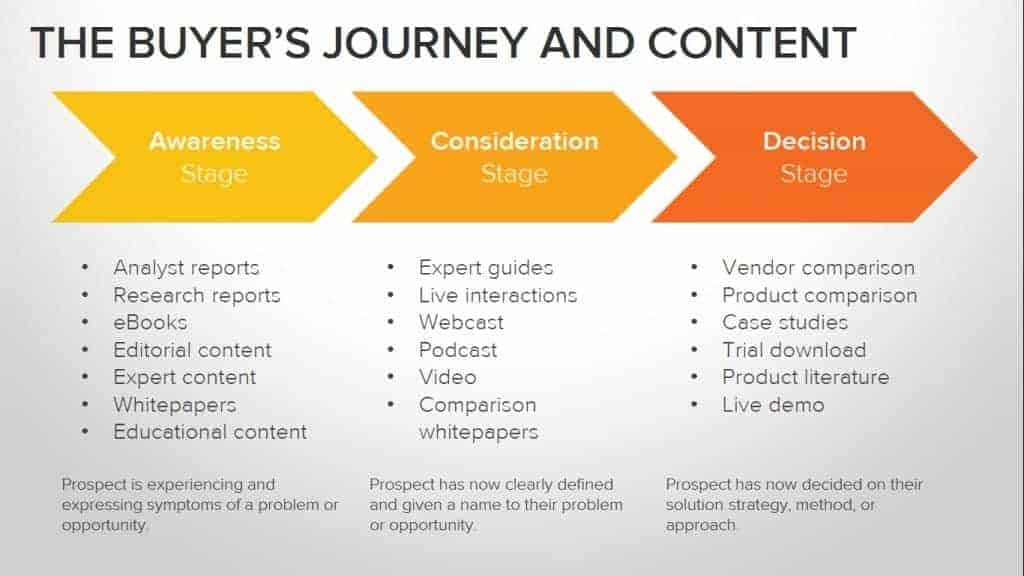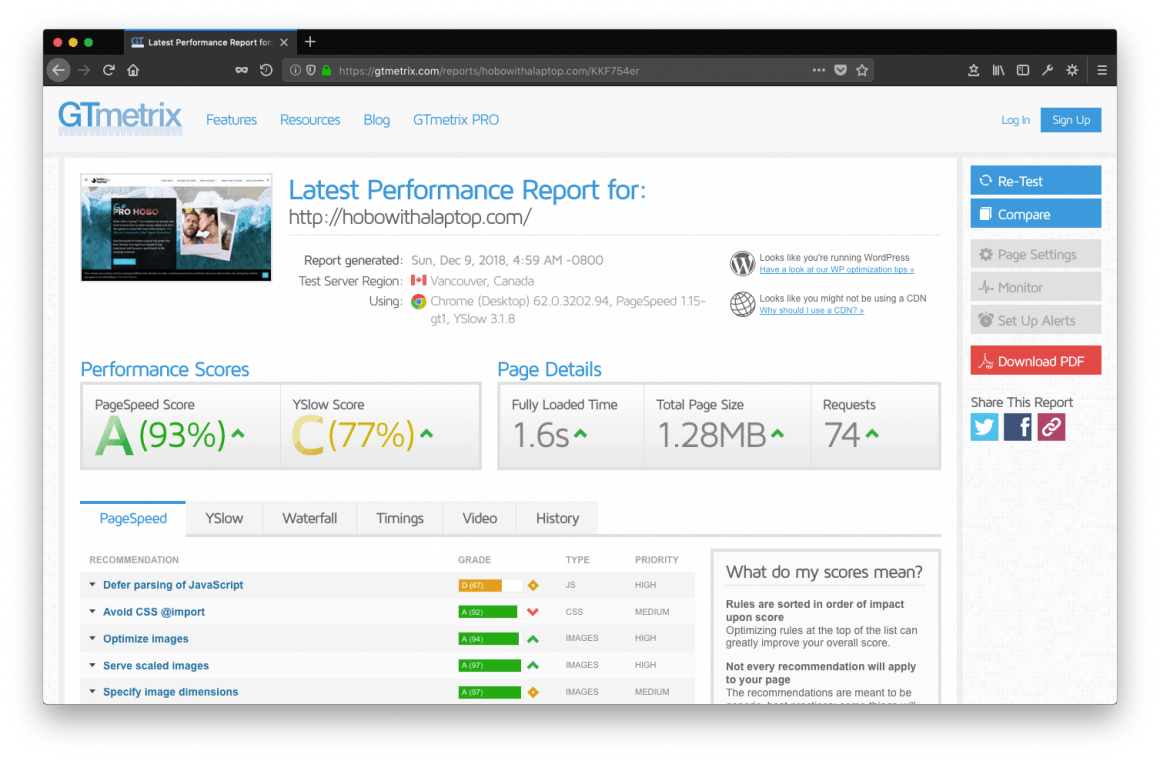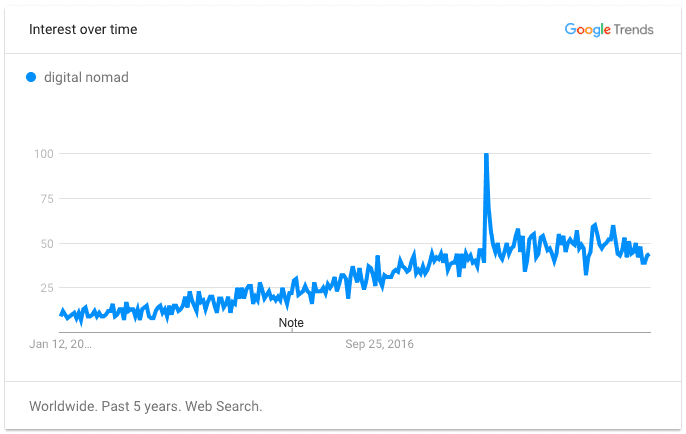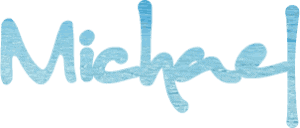

How to write a good article: Here’s 24 more blog post writing tips to give beginners an edge and build loyalty over time –learn how to write a successful blog with content readers come back to often.

How to Write a Good Article
Learning how to write a good article is the only way you’re going to make money blogging. A good article attracts a lot of traffic and keeps them on the page because it fulfills an emotional need succinctly, solves a problem, educates, or inspires –and in a lot of cases, puts a solution in front of your readers that can potentially line your pocket.
A good article is “evergreen”.
Evergreen content has a longer shelf life because it discusses key topics that age better than passing fads. Being able to create SEO-friendly content for your blog that doesn’t lose relevance over and over again is a great way to build a blog that’s an asset which matures over time.
If you want to master how to write a successful blog and keep online audiences coming back over time, your post writing strategy must be focused on content quality that has a demand, solves a problem, and does so better than anyone else.
Here are 24 tips that will show you how to write a good article.

1. Go to Great Lengths
SEO companies have been re-writing the internet for decades, and they’re not too concerned with how to write a good article.
You probably don’t know it, but I’d wager you’ve read at least 5 articles written by an SEO company this week (even on major news outlets and influential blogs –I did outreach and SEO copywriting for years, it’s surprising who accepts content from SEO content mills).
An SEO company’s whole mission is inserting a backlink onto a website with the minimum cost to do so, quality be damned.
The old standard for an SEO article’s length was 500 – 700 words, and as a result the internet is full of poorly written articles of this length.
Today, the ideal length for an SEO-friendly article is between 1,000 – 3,000 words. This number is based on research from a wide range of authorities on the subject:
- Backlinko: 1,890 words per article
- Moz: 1,000+ words per article
- BuzzSumo: 2,000+ words per article (3,000 – 10,000 performed best)
- Buffer: 1,600 words per article
- SerpIQ: 2,416 words per article
- CoSchedule: 2,000+ words per article
This new, long-form post writing requirement to rank on search engines creates opportunities for good bloggers who are willing to go deeper with their posts.
It’s easy to compete with the deluge of short articles on the web if you’re writing thorough articles without a lot of fluff.

2. Choose Keywords like Keyser Söze
In this post we discuss everything you need to know about keywords, how to place them, and what keyword competition is –but for this article I’d like to highlight spelling mistakes as low hanging fruit when it comes to ranking on Google to improve the visibility of your post writing.
Commonly misspelled words, spellings that vary by country (traveler vs traveller), or slang words can be a goldmine for post writing when you need an edge. Every time you see a spelling mistake on a blog post, you need to ask yourself if the person doing the post writing is either really stupid, or a cunning keyword user. Looking stupid or absent-minded could simply be Keyser Söze post writing.
However, inconsistent spelling and grammar mistakes may turn off your audience and make it look like you don’t know how to write a good article, which means you’ll need to seriously consider how or if you use them. If you’re writing about technical subjects, spelling inconsistencies may do more harm than good and affect conversions.
In our case, for this article we’d like to rank for the term “bloger tips”. So this is me setting an expectation and informing you in advance that you’re going to see that typo throughout the remainder of this article –while taking on a sneaky keyword.

3. Map Content to the Buyer’s Journey
The next point on our list ‘o bloger tips is a fancy “corporate-speak” way of saying “give them what they want to see, when they need it”.
Before anyone does anything, you can bet they will look for answers on Google. Different people will search for different things depending on where they are at in their lives. You need to appeal to all those phases.
A primary reason why viral content is so consumable is because it is tightly mapped to a stage within a buyer persona’s journey, tailored around a symptom, much like a longtail keyword in SEO.
Focus on where your reader is in the buyer’s journey when planning any of your evergreen content, and promote it hard for at least the same amount of time it took you to create it
You will have greater success with blogging if you tailor content for your ideal reader from the context of where they are currently in their “buyer’s journey”, and deliver it in a way that they find meaningful.
Simply put; different content types suit different points within the buyer’s journey. And HubSpot Academy broke it down very succinctly with the following slide, where they mapped the best content types for each buyer journey stage:

Let it soak in. Buyer’s Journey can take awhile to wrap your head around. But once you get it, your conversions will be positively impacted.
4. Keep It Simple
You will relate to wider audiences if you avoid using industry jargon as much as possible.
We occasionally mix in that jargon for, you guessed it, to attract some of those jargon users. We try to find balance between appealing to our work-from-home blog readers, and our corporate suit-type marketing peers because we often work for internet marketing agencies in a back office capacity.
For most bloggers, figuring out how to write a good article is about breaking down a complicated idea into smaller understandable points that your audience can grasp and follow.

5. Images for Breaking Down Long Text
Marketing leaders suggest you break down your content with graphics after every three to four paragraphs. Depending on the subject matter of your content and your user persona, long blocks of text are hard on the eyes and won’t keep a user on your site for long.
In consumer-focused blogging (travel blogs, fashion blogs, lifestyle blogs, you name it) images are everything.
6. Lighten Your Load
Ideally, your WordPress blog will load in 2 seconds or less. Making your reader wait any longer than that is no bueno.
We use ShortPixel to shrink our images and it’s improved our search rankings dramatically.

Page loading time is a massive priority –not only for Google Search optimization, but also for visitors who tend to click away when a page takes too long to load.
7. Article Series
Take the opportunity to invite more people into the conversation and gain higher traffic by expanding on topics that require longer discussion. They can be broken down into separate articles to make up a series that you put out every week.
A series will keep interested parties coming back for more.
Talk about a topic that will make your reader seem smart, funny, or thoughtful to their peers
One example of an article series on Hobo with a Laptop is our blogging for beginners article series. We’re always adding to it, and we’ll likely turn it into a massive, free blogging guide to capture leads for our mailing list.
Some articles from our bloger tips series include:
- How to Qualify Your Blog Idea
- How to Start a Blog with WordPress
- How to Choose a Premium WordPress theme
- How to Start Affiliate Marketing
- First Blog Post Ideas for Beginners
8. One Central Idea per Article
Avoid infusing too many ideas into one piece if you want to write a good article. If you put too many ideas into a single article, it will only confuse readers, drive them away, and confuse Google, too.
Too many ideas in one post gets way too convoluted, it makes us feel like we need to think too much.
Instead, focus on one idea and lead readers where you want them to be, whether it’s to your site, blog, to sign up for your newsletter, or click an affiliate link. Keep it simple.

9. A Pinch of Narcissism
Most people are careful of what they share online knowing that what they share is a reflection of who they are.
Appeal to that side of human awareness by talking about a topic that will make your reader seem smart, funny, or thoughtful to their peers when they share it.
10. Trusted Sources
Make your point stronger and raise your own integrity level as a blogger by citing trusted sources when post writing.
Having credible sources to support your claims will make you appear more reliable to your readers, which in turn invites them to come back for more once you’ve established yourself as a go-to for accurate information in your niche.
11. Infographics
Users process data faster when it’s broken down into small, digestible chunks that combine graphics and some text. This is why infographics often become viral content.
An infographic presents important data using shapes, colors, and graphics. Content that’s entertaining and informative is guaranteed to make users stick.
Infographics are even better when it’s your own survey data on them. Original data, instead of citing everyone else, gets citation links back to you, the original source. Journalists love original survey data.
However, don’t post full infographics on sites like Pinterest, because if they get the whole meal on a third party website, why would they click through to yours?
![]()
12. Insert a Cause
Go beyond what your post title promised and talk about the bigger cause that urged you to talk about your idea in the first place.
Causes hit your readers right in the feels, make you relatable, and build trust. Of course, that is if the cause isn’t too controversial. Saving a puppy, sign me up. Build a wall? Not so much.
13. Humor
Injecting some humor into your text makes you more human and approachable to your audiences. Some sophisticated brands are cautious when using humor for fear that it’ll tarnish their image.
If anything, a little bit of humor pleases more readers.

14. Storytelling
All of us have experiences and ideas that we can turn into stories. Users connect to an idea better when it is accompanied by a story. Think of a story in your life with an angle that you can relate to your idea in the article.
Users connect to an idea better when it is accompanied by a story
15. Make it Tweetable
Grab a short quotable excerpt in your article and place it somewhere where users can easily see it, preferably as a break in between paragraphs.
Like images, a tweetable quote or two is valuable for social sharing and can help make your content look less chunky.
This blogger tip is especially important for us, as we’ve thrown in the towel on creepy Facebook. (We’ll explain why in a later post, but if you still use it we’d be grateful if you shared this post!).
16. Pop Culture
It’s time to put all those hours of reading celebrity gossip sites to good use –celebrities are relatable in some way or they wouldn’t be celebrities.
Inject some of your pop culture knowledge into an article and think of a show, movie, song, character, or celebrity with an angle that you can use to support your idea.

Oshin leveraged this bloger tip in “Blogging Tips We Learned from Taylor Swift” and I did when I made our Star Wars themed YouTube SEO infographic.
17. Pain Points
Our next bloger tip is to find out what makes your audiences tick. Don’t just stop at thinking of what might be bothering them. Instead, go out there and find out.
Look for your target audience on social media, forums, and groups and find a problem that stands out the most and write content that provides a solution to those pain points.
In our case it’s easily drawn out for us; we all hate our day jobs, local weather, or working in a box when they can be outside working on a laptop and enjoying life.
Play with your understanding of your audience creatively, that’s how to write a good article.
18. Success Tips
Share tips based on your experiences and successes so you can help other people succeed, too.
People love reading content that helps them become better than they were before, whether it’s for personal or business purposes.

19. Lists
Lists are undeniably attractive forms of viral content because they organize thought into bite-sized points which make it easy for the reader to understand.
Think of a topic that you can simplify into a list and discuss each point thoroughly. Of course, throw in the occasional story, too –for reasons previously mentioned.
20. Warnings
Write about a topic that foretells the dangers of doing something, whether it’s about a certain kind of food, place, TV show, or exercise routine.
Example: “Why You Shouldn’t Visit China if You Don’t Have These 5 Items with You”.
21. Actionable Content
Give your readers something to act on right after they read your article like a downloadable check list.
For example, if your topic is about visiting a hard-to-reach location, don’t just stop at throwing around words like visa requirements or money-saving tips. Instead, tell your reader what to do, like why they’d go there in the first place, what to see and do, step-by-step.
A downloadable checklist is also a great way to build your email list.
22. Top Trends from Google
Use Google trends to fish for trending topics that users in your niche are searching for and be one of the first to create content that answers that need.
 Beyond Google, doing keyword research with a cheap blogging tool like Keysearch is another, perhaps more effective way to identify popular subjects to blog about.
Beyond Google, doing keyword research with a cheap blogging tool like Keysearch is another, perhaps more effective way to identify popular subjects to blog about.
23. Sticky Headline
Viral content starts with a sticky headline; it should grab the user’s attention and urge them to find out more. One effective way to creating a catchy headline is to be specific. Avoid generic titles like “How to Travel to Europe”.
Examples: “A Morning Routine to Keep You Productive the Whole Day”, “5 Steps to Becoming an Influencer That Makes People Jealous”.
24. Repurpose the Best Content, Purge the Worst
Our last bloger tip is to run through your old posts and find the best-performing ones; this means content that got the most visits, shares, leads, conversions, inbound links etc. This is to help you determine the kind of content your audiences love so you can create more in the same format or pattern.
Repurpose older content that performs well, and transform it into other media types like infographics, SoundCloud audio, YouTube videos, or slideshows –and remove older content, do fresh keyword research and make adjustments, or merge articles that perform poorly.
In some cases keyword adjustments can save under-performing content, just put your own feelings aside and ask yourself if the article is worth saving at all.

In Summary
Wrapping it all up, the sum of all these blogger tips is to be your own favorite blogger. Love your blog, and don’t post anything that doesn’t feel like it’s a product of your best self.
Focus on where your reader is at in the buyer’s journey. Get in their head with your post writing. You already know what they’re thinking because you’ve probably been there yourself.
Symptomatic keywords are king. People search for symptoms to find a cure because they don’t know what the cure is yet.
Plan your content series in advance, and promote it hard for at least the same amount of time it took you to create it.
Read our related post about affiliate marketing for a more detailed picture on how to write a good article.
How do you write a good article? Feel free to leave your thoughts, questions, or additional evergreen bloger tips in the comments.


Check Out Our Free Blogging Course!
If you found this post helpful, check out the rest of our free blogging course.
You’ll learn how to start a blog from scratch, make passive income –and much, much more!
Learn Blogging






